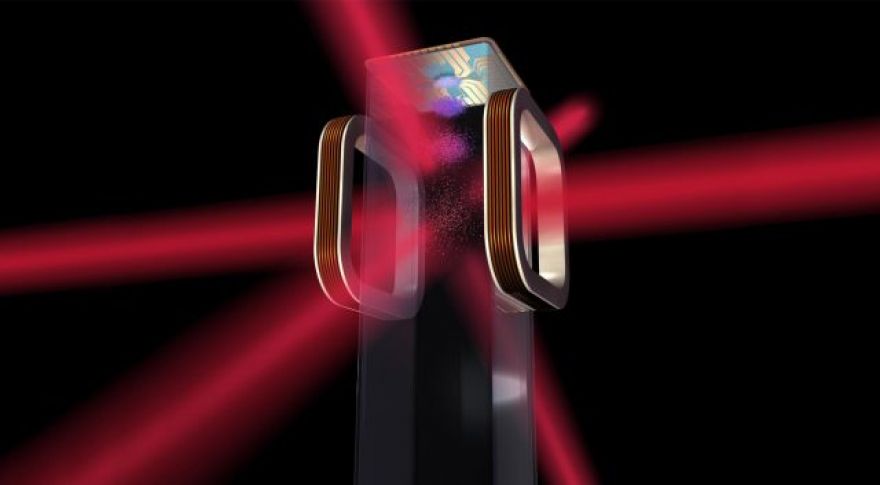
NASA plans to create coldest spot in the universe on ISS
What you think of as “cold” really isn’t very cold in the grand scheme of things. Even the frigid depths of space are toasty by the standards of NASA’s Cold Atom Laboratory (CAL), an instrument being developed to study matter at extremely low temperatures. This device will head up to the International Space Station later this year where it will .
The CAL is about the size of a run-of-the-mill ice chest, but inside is a powerful vacuum chamber, lasers, and an electromagnetic field generator. It was developed at NASA’s Jet Propulsion Laboratory in Pasadena using mostly commercial off-the-shelf hardware.
When the CAL is aboard the station, it will be used to lower the temperature of gas atoms to just a few billionths of a degree above absolute zero. Scientists are not aware of any natural phenomenon that can lower temperatures to this level, meaning the CAL could be the coldest thing in the universe. Well, unless someone else out there among the stars is running the same experiment we are.
The goal of dropping the temperature so low is to study murky areas of physics that are obscured at more normal temperatures. Specifically, wants to create a type of matter known as a . The CAL will use precisely tuned lasers at a particular resonance frequency to cool atoms in the vacuum chamber. After that, a radio frequency field is used to clear away atoms above a certain energy level. This leaves only those of lower (cooler) energy levels and brings the sample into the range where it forms a Bose-Einstein condensate.
This state of matter is interesting because the the traditional rules of physics are put on hold, making quantum effects easier to observe. The wave side of the particle-wave duality becomes clearer. Rows of atoms can be seen oscillating with a shared waveform. It behaves like a “superfluid” with zero viscosity. A superfluid spun around in a vial would theoretically keep spinning forever. The properties of a Bose-Einstein condensate are difficult to observe on Earth because of gravity—the atoms naturally settle toward the ground. Sending the CAL into orbit eliminates that concern.
The team hopes Bose-Einstein condensates could be observed in the CAL aboard the ISS for as long as five to 10 seconds. Not only could physicists learn more about the quantum nature of matter, we could find new ways to transfer energy more efficiently, design better , and create more accurate atomic clocks with superfluids.